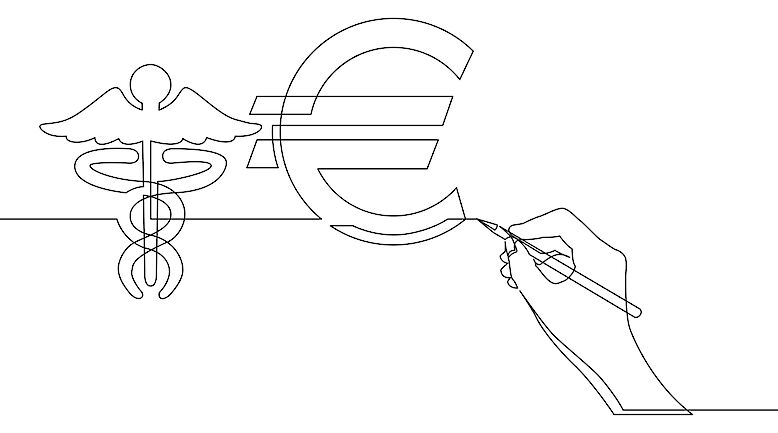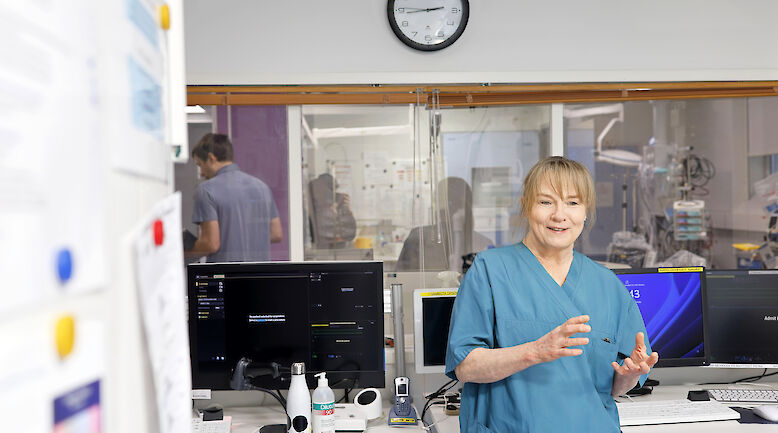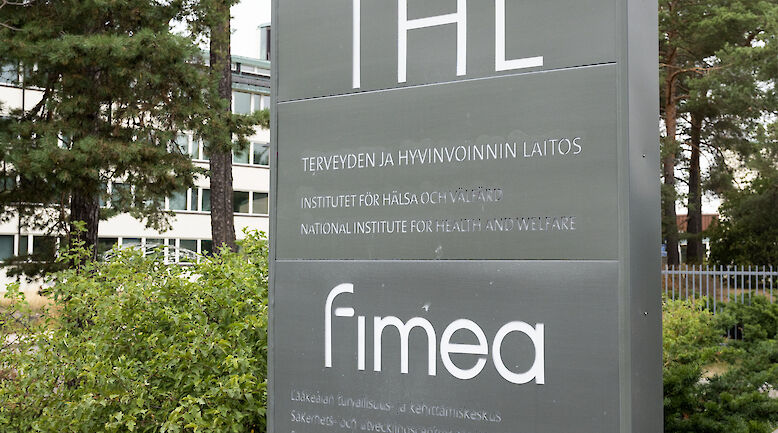Screening and diagnosis of diabetic kidney disease in Central Uusimaa, Finland: an analysis from local primary care data lake

Background Diabetic kidney disease is an underdiagnosed complication, which is not optimally screened in Finland.
Methods We evaluated diabetes care data available in the primary care data lake of Keusote, the wellbeing services county of Central Uusimaa, Finland. The prevalence, the annual measures of glucose and kidney function as well as the number of laboratory measurements were determined. The study cohort included individuals with a diabetes diagnosis or medication between January 2008 and September 2019. Analyzed laboratory measurements included hemoglobin A1c (HbA1c), estimated glomerular filtration rate (eGFR), and urine albumin-creatinine ratio (UACR).
Results The median follow-up time was 8.7 years (interquartile range, IQR: 5.0–12.6). The prevalence of diabetes increased from 3 % in 2008 to 5 % in 2021. At the end of the follow-up, the median HbA1c was 62.0 mmol/mol (IQR: 54.0–72.0) in type 1 diabetes (T1D) and 47.0 mmol/mol (IQR: 41.0–58.0) in type 2 diabetes (T2D) patients. In 2021, individuals with diabetes had on average 0.9 HbA1c, 1.5 eGFR and 0.4 UACR measurements.
Conclusions In patients with T2D, the HbA1c levels were within the optimal range. In patients with T1D, the HbA1c levels were suboptimal. The rate of albuminuria screening was alarmingly low in Keusote.
Merja Laine, Mervi Haapala, Kristiina Uusi-Rauva, Juhani Aakko, Markku Pentikäinen, Kirsi Mikkola, Nami Halonen, Kari Pulkki, Niina Säävuori, Per-Henrik Groop, Kaj Metsärinne













